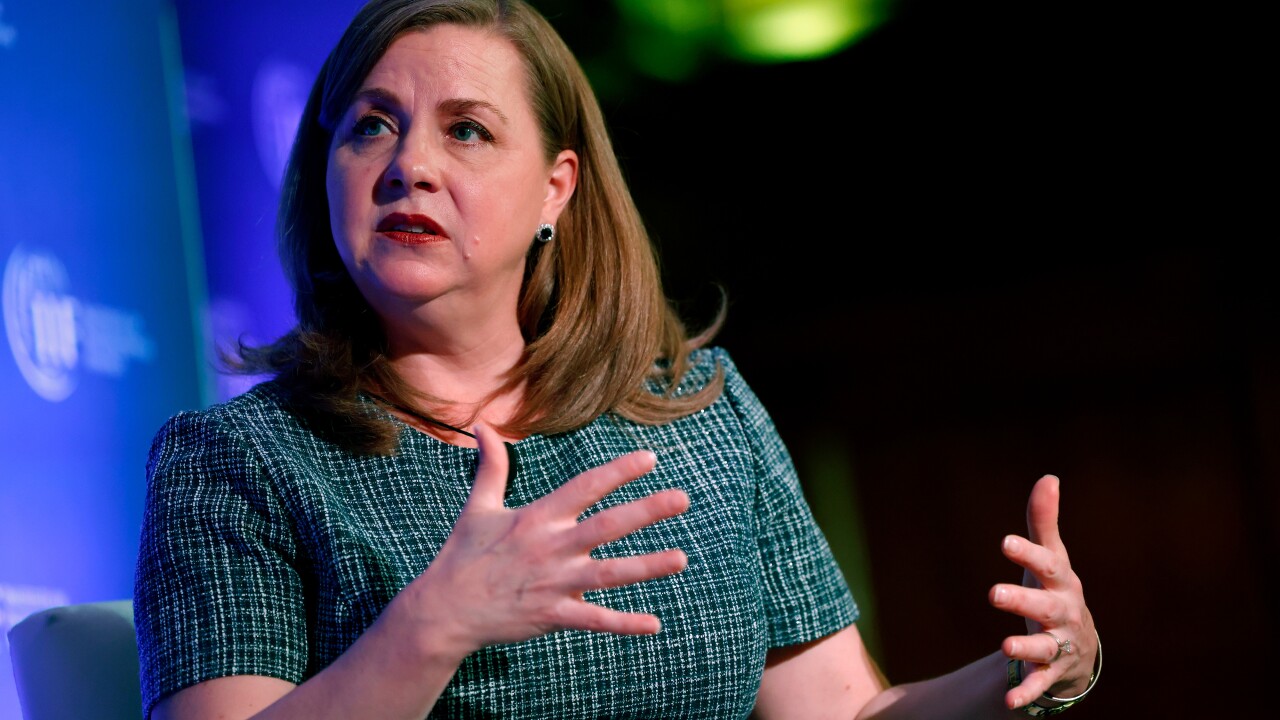Lean, the business philosophy that has driven Toyota’s relentless rise to the top of the auto industry, is making significant inroads into banking and financial services. And the results are impressive. The gains through eliminating waste and improved customer service after adopting Lean are hard to ignore.
Research from the Corporate Executive Board finds that financial firms leveraging Lean techniques achieve 20 percent to 40 percent cost reduction in 12 to 18 months. Equally remarkable are specific anecdotal results:
One of the world’s largest financial institutions headquartered in the U.S., increased credit card activation by 10 percent in one year, achieving $2 million in additional revenue through increased card utilization. A prominent national bank reduced its wholesale lockbox (payment processing) unit cost by 58 percent while reducing associate handling time by 48 percent and errors by more than 75 percent in only eight months.
As impressive as the quick results can be, they are—or should be—only the beginning. Before rushing to adopt Lean to capture quick results, it’s useful to reflect on the long-term benefits of a Lean journey. Correctly implemented, Lean transforms the way a company does business and views its customers—and helps companies build a long-term advantage that is hard for competitors to beat.
In its simplest definition, Lean is a business and operations improvement methodology built on Toyota principles such as cross-functional collaboration, “time management,” reducing “waste” and continuous improvement. Waste is defined as activities that do not add value in the delivery of a product or service to the customer. Examples include waiting time between steps in a process, chasing after missing information, errors, producing unneeded reports, and requiring too many reviews or approvals of work. A key Lean tool is to engage cross-functional groups of employees and executives in collaborative “kaizen events” to map work processes and identify activities that can be eliminated or changed immediately to reduce end-to-end delivery time while also reducing costs and errors.
Today, banks and financial services firms who are leading the adoption of Lean are going beyond the basics of mapping, waste removal and traditional “business process re-engineering.” By learning to run their businesses using Toyota principles, language, and tools such as “routing standardization” and “poke yoke” or mistake proofing, they are driving sustainable service and cost improvements that are not achievable with other improvement methods.
The most successful companies integrate Lean into their entire culture, such that Lean is not thought of as “another thing we do,” but as “the way we do things around here.” At these companies, “Lean thinking” permeates all levels of the organization—and to be successful, begins at the top.
By implementing the right Lean tools and practices at each level of the organization, they create a continuous improvement mindset throughout the culture. For example, senior leadership may leverage a “value-stream vision session event” as a methodology to support the continuous improvement goal of communicating, translating and deploying a new retail mortgage strategy. Middle managers may rely on Kaizen, Business Reviews, and “War” Rooms to drive weekly and monthly execution to operating commitments. And first level managers and employees may use MDI (Managing for Daily Improvement) tools, Performance Boards, and Point Kaizens for daily continuous improvement of existing processes.
Ultimately, most executives who have experienced the transformative power of Lean note how it provides a disciplined, repeatable way to engage every employee to see their business from a customer’s perspective, identify areas for improvement and make changes rapidly. They say the true power of Lean isn’t just in the quick, dramatic results, but in its ability to create a sustaining, continuous improvement mindset throughout an organization.
But be forewarned: It’s very easy to become enthralled with the results Lean delivers through Kaizen improvements and immediate waste reduction, but lose focus on the long-term competitive advantage you gain by integrating Lean into the organization’s culture. As Toyota has demonstrated, that can be the game-changer for achieving and sustaining industry leadership. (c) 2008 U.S. Banker and SourceMedia, Inc. All Rights Reserved. http://www.us-banker.com http://www.sourcemedia.com





